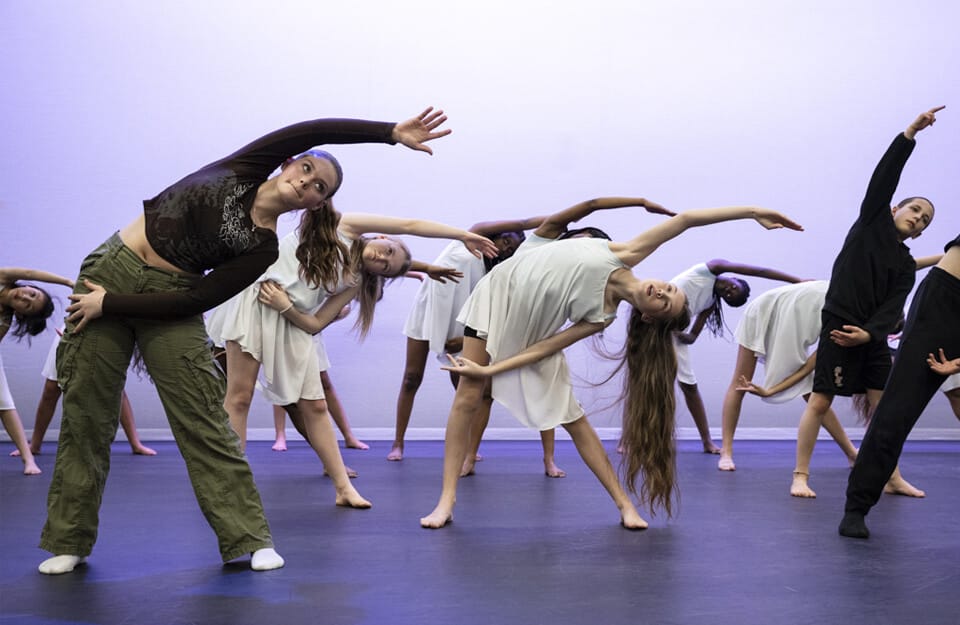Dance’s positive impact on mental health

The benefits of dance to our health are numerous. Dancing keeps us fit, improves balance and coordination, and provides a sense of community and connection to other people. For our mental and emotional health specifically, dance nurtures our minds and bodies, helping us to boost our mood and manage stress levels.
A great tonic, the benefits of dance to mental health are no doubt the reason why movement is the theme of this year’s Mental Health Awareness Week.
We spoke with Johanna Hadley, Silver Swans® Licensee about the benefits that movement and dance have on the older learners she teaches at her school each week.
Q: What do dance and movement mean to you?
Johanna: For me, dance, and in particular ballet, have been a huge part of my life. My mum, Janet Lomas, is an RAD Life Member, and so I grew up surrounded by dancing – I even went to my first RAD exam session in my nest egg at 3 months old! As a ballet teacher and Silver Swans® Licensee, dance now takes on a different role. As a teacher it is about passing my love of dance on to my students. I want each of my students to be able to experience the same joy that dancing has brought to me for so many years.
Q: What impact does movement have on your students?
Johanna: As a Silver Swans® Licensee, I teach people aged in their 50s, 60s, 70s and 80s every week. While dance has a positive effect on people of all ages, I mention Silver Swans® in particular as I see first-hand the huge impact dance has on this demographic. No matter what has happened that day or whatever difficult period they may be going through, dance is a form of escapism for them. In my classes, I teach people who are, for example, living with long-term health conditions, degenerative conditions, waiting for surgery, post-surgery, going through cancer treatments or are carers. For that one hour of their Silver Swans® class, all of their worries are forgotten and it’s amazing to see the transformation that happens in the class. They finish the class smiling and laughing – it’s like a weight has been lifted. This, for me, is the most rewarding thing that a dance teacher can see.
Q: Why is it important for movement to be seen as key to mental health?
Johanna: I feel that it’s important firstly to mention the scientifically studied benefits of dance on mental health. It isn’t just a perceived change of emotion that dancers experience, but there are changes such as the release of endorphins (which stave off feelings of depression) and dopamine (a neurotransmitter associated with reward and pleasure) in the body. However, science aside, everyone who has danced along with the radio in the kitchen when their favourite tune comes on, boogied on a dance floor at a party, or taken a formal dance class knows the positive feelings we experience when moving to the music.
Q: Name a song that instantly makes you want to dance and makes you feel good?
Johanna: If I’m being very specific to ballet, I’d have to say the wonderful music of Don Quixote. However, stepping outside of the world of being a ballet teacher, I’m going to have to say the classic ‘September’ by Earth, Wind and Fire!
To find out more about this year’s Mental Health Awareness Week, including resources, visit: https://www.mentalhealth.org.uk/our-work/public-engagement/mental-health-awareness-week




